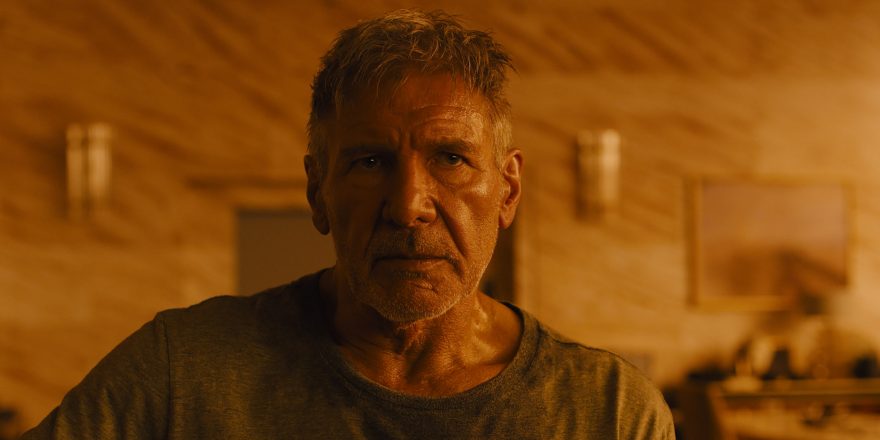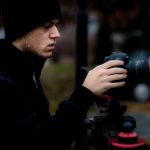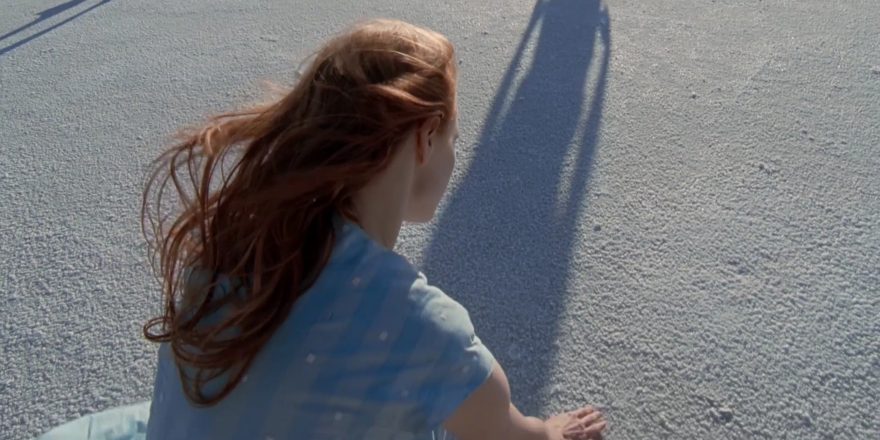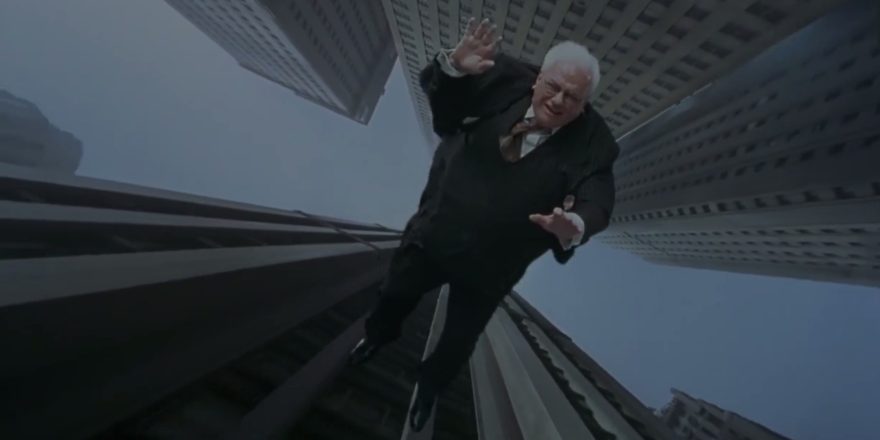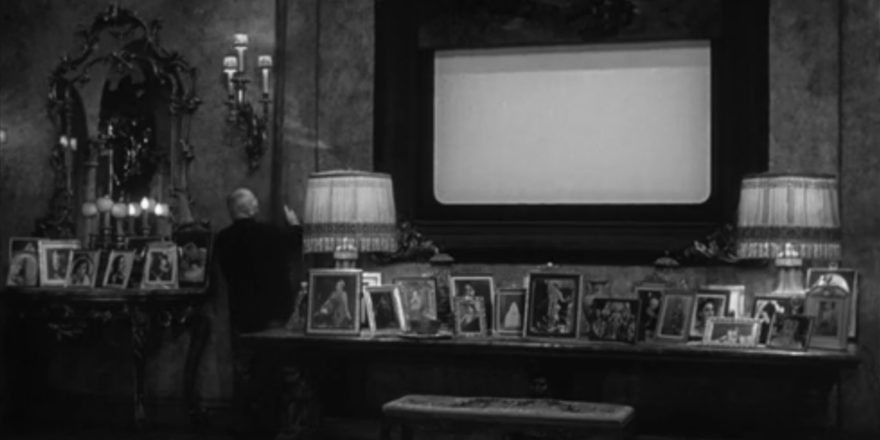Denis Villeneuve may be one of the most visually driven filmmakers working today. When I think of his films, I think of grand vistas, striking wide shots, and haunting silhouettes. However, despite how memorable these shots may be, Villeneuve’s secret stylistic weapon is his use of the simple close-up. The close-up, one of the most basic shots in cinema, is probably used more frequently than any other shot. In fact, the shot is so common that majority of them don’t receive the same analysis as more “artsy” shots. Traditionally, most close-ups are used during dialogue with shot-reverse-shot editing. But Villeneuve employs the close-ups during moments of silence, letting his camera linger on speechlessness. He forces us to endure the devastation, the shock, the awe. Whether a character simply cannot come to terms with what was just said to them, or maybe they just encountered a giant tarantula, Villeneuve captures the silence at close range, and we feel every second of it. The Canadian filmmaker may very well have the best back-to-back track record in recent memory. Starting with Prisoners in 2013, Villeneuve has since directed critical successes Enemy, Sicario and Best Picture nominee Arrival. It appears this stellar track record will continue this fall when Villeneuve’s Blade Runner 2049 is released. Expect Ryan Gosling to have a few more silent-close ups than usual.



